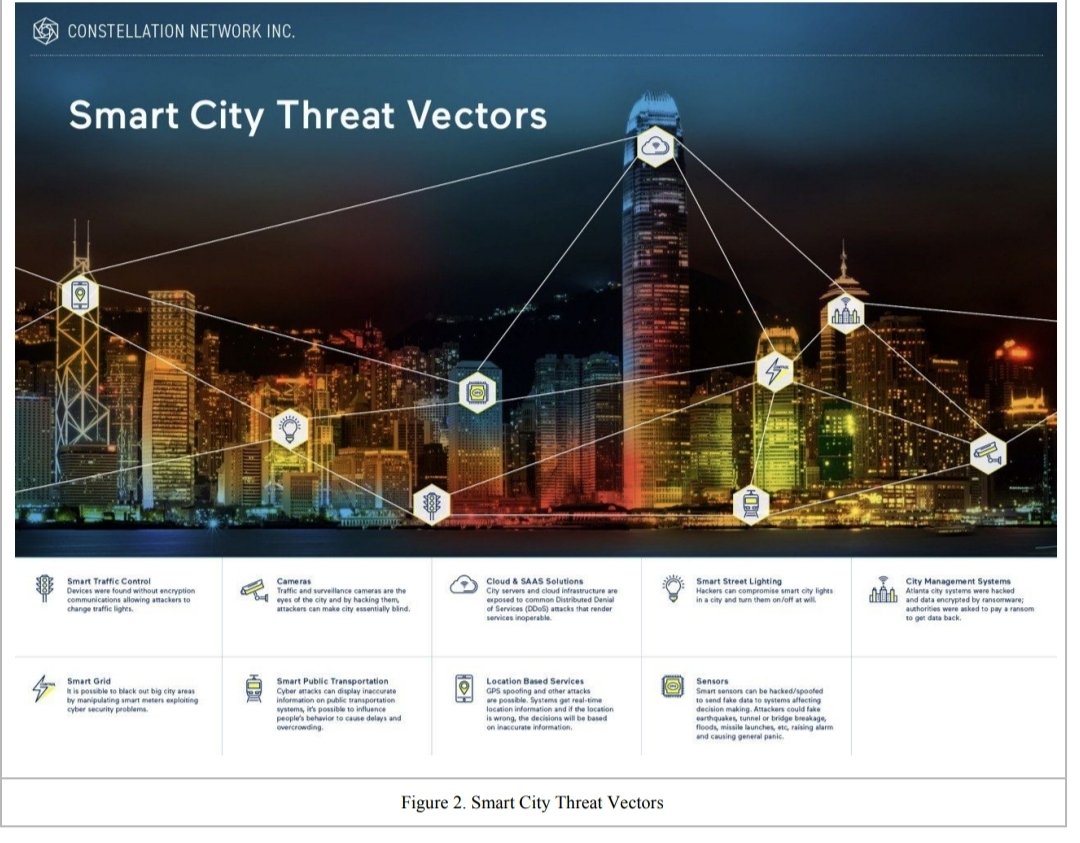Top 10 AI/ML Priorities of Space Operations Command (SpOC) and their implications for the future of space missions. #AI #ML #SpaceForce 

At the top of SpOC’s priorities is "data" - a shared priority across many Defense Department components. The ability to process and interpret vast amounts of data quickly and accurately is crucial for effective decision-making in space operations.
Second on the list is "situational awareness," the basic knowledge and characterization of objects in space and the environment. AI could significantly improve the Space Force's understanding of the space domain, given the growing number of spacecraft and debris on orbit.
SpOC is also looking to leverage AI for "cyber defense," developing novel waveforms and receivers to improve performance and provide authentication capability. This innovative approach to data transmission and processing could enhance communication efficiency and reliability.
The list includes several of the Space Force’s core mission areas, such as missile warning, "defensive counterspace," space domain awareness, and "space electronic warfare." AI and ML could revolutionize these areas, automating processes and enhancing capabilities.
For space domain awareness, AI and ML could automate space-environment anomaly prediction and course-of-action recommendations, enhancing mission assurance.
For electronic warfare, an autonomous on-board satellite radio frequency jamming/interference detection system is being developed.
Defensive counterspace capabilities are also being enhanced with AI, creating "opponents for contested space." This could lead to more realistic training scenarios and better preparedness for potential threats.
SpOC is exploring AI and ML for automation, "predictive sustainment," and "characterization of new foreign launches." These applications could streamline operations, enhance predictive capabilities, and provide more accurate assessments of foreign launches.
As SpOC moves forward with implementing AI as a powerful new tool, it's crucial to understand the technology’s vulnerabilities. Ensuring the integrity of AI/ML systems and maintaining human oversight during this transition phase is paramount.
@Conste11ation unique capabilities could play a significant role in achieving SpOC's AI/ML priorities. With its Hypergraph Transfer Protocol (HGTP) and Metagraphs, Constellation can handle complex data types and large volumes of transactions, crucial for space operations.
For "data" priority, @Conste11ation's Metagraphs can process and validate complex streams of data from various sources, ensuring data integrity. This is particularly useful in space operations where data comes from multiple, potentially untrusted sources.
In terms of "situational awareness," Metagraphs can process real-time data from space- and ground-based sensors, providing a more comprehensive and up-to-date understanding of the space environment. This can enhance decision-making and response times in critical situations.
For "cyber defense," @Conste11ation's consensus mechanism ensures the integrity and validity of every transaction, providing a robust defense against potential cyber threats. Moreover, the decentralized nature of Metagraphs makes them resilient to single points of failure.
In the area of automation, @Conste11ation's Metagraphs can automate data processing and validation, reducing the need for manual intervention and increasing efficiency. This can be particularly beneficial in space operations where real-time data processing is often required.
@Conste11ation's scalability and efficiency make it an ideal platform for implementing AI and ML technologies in space operations.
As SpOC moves forward with its AI/ML priorities, Constellation Network stands ready to support and facilitate this technological revolution. #EndOfThread
If you enjoyed this thread please share and give me a follow 🙏
If you'd like to dive deeper into AI/ML opportunities or dive into metagraphs join the Telegram for a focused discussion
t.me/Dagnums_Trader…
If you'd like to dive deeper into AI/ML opportunities or dive into metagraphs join the Telegram for a focused discussion
t.me/Dagnums_Trader…
• • •
Missing some Tweet in this thread? You can try to
force a refresh

 Read on Twitter
Read on Twitter








